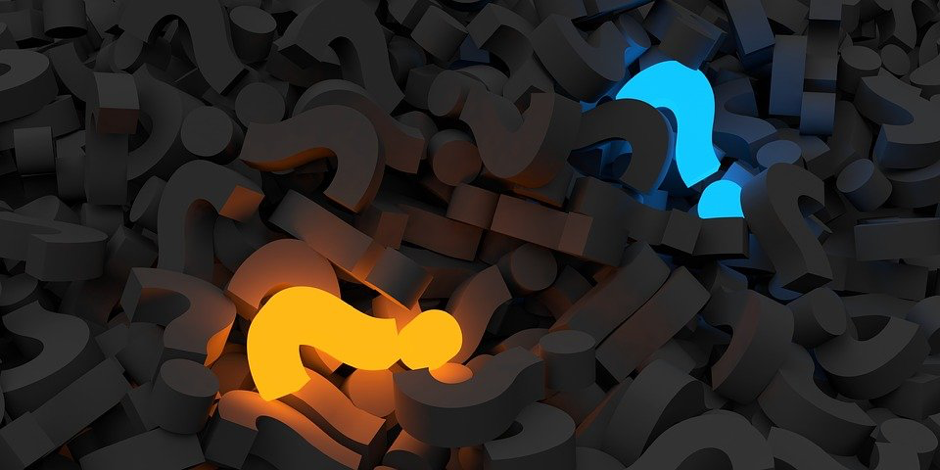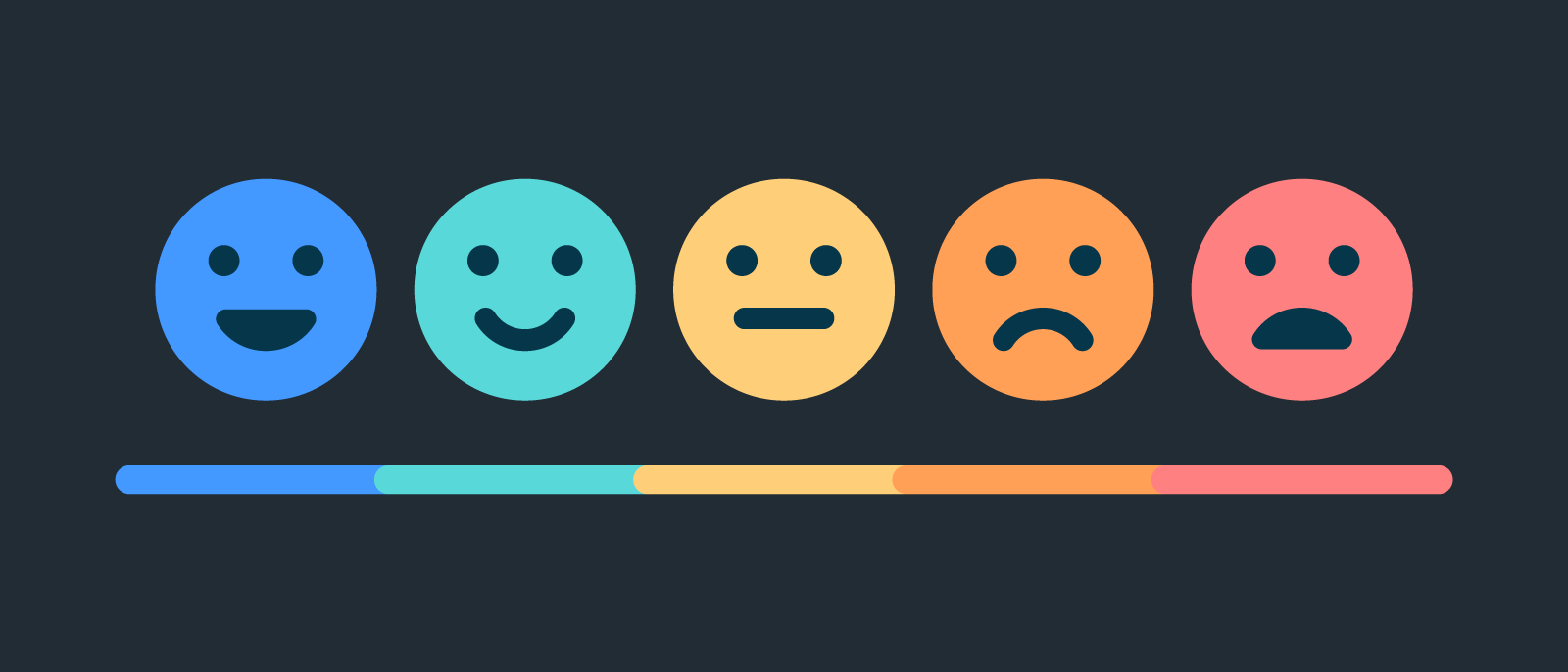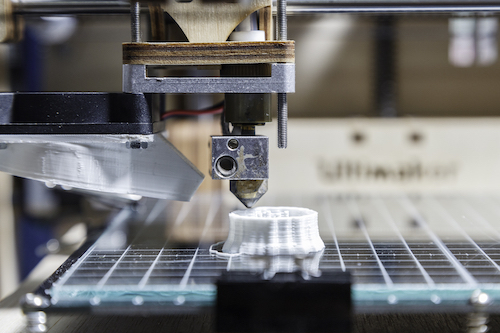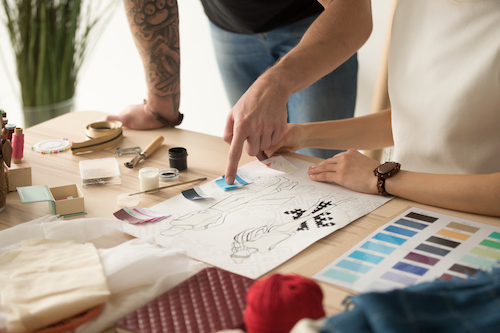As a business owner, you’ve landed an amazing idea for a product you think your market will absolutely love.
But your main roadblock: bringing it to life and getting it on your shelves. Quickly.
We get it. The whole process of product development can seem like a black hole – it doesn’t seem like a straightforward, linear procedure you can complete in a couple of steps.
If you’re looking for a step-by-step and comprehensive product development guide to fast-tracking your idea and goods straight to market in the 2021 economy, you’ve come to the right place.
Below, we’ll outline everything you need to know about product development, and every step you need to take to bring your goods to your shelves – as quickly as possible.
What is product development?
Product development is the system to get a new or existing product to market. It involves:
- Assessing the needs of your market
- Perfecting your idea
- Constructing your roadmap
- Introducing your product
- Gathering feedback data (and then starting the process again).
At the beginning, you may only have an idea or the original blueprints for your product. You may have an existing product that you want to improve. You may even choose to introduce an existing product you’re selling to an entirely new market.
There is no “ideal” place to start. Every single department within a company, no matter where your idea is in the chain, has an integral role to play to making transforming your product idea into a reality.
Read on to learn more.
New Product Development: Fast-Tracking Your Goods to Market.
Below, we’ve outlined how the new product development cycle is designed to bring your goods onto your shelves and available for your customers to purchase.
Every industry is different, but generally we can identify key similarities of product development no matter what sector you’re working in.
#1 Nailing Your Idea
Most business owners can’t get this first step right. They’re either constantly doubting themselves that their idea is any good, or they’re just “waiting for the right time” to execute.
Even worse – they’re waiting for something magical to pop into their heads.
Our advice is not to focus on thinking of the ‘new best thing’. We suggest focusing on your existing products (what you already have) and making them better.

The SCAMPER Model
We like to use the ‘SCAMPER’ model when thinking about product development.
It gives us the best ideas of how to constantly improve upon existing products.
The Model is as follows:
Substitute
Combine
Adapt
Modify
Put to another use
Eliminate
Reverse or rearrange
We’ll outline each stage of the model below in detail.
Substitute (for example, replacing any plastic in your goods with an environmentally friendly alternative) – questions you could ask include:
What can you substitute to make your goods better?
What materials or people could you change in the process?
Should you replace somebody currently involved in the process?
Can you use different materials or ingredients?
Can you re-define the rules?
Can you use this idea for a completely different project?
Can you substitute your market altogether?
Combine (mixing two goods together, like a bag and an umbrella) – some of the questions you may ask yourself include:
What ideas, goods, products, features or materials can you mix together?
Can you combine this product with another product?
Can you combine any of the raw materials used in your products?
What products or materials can you combine to enhance its usage in multiple fields?
Adapt (for example, adapting a keyboard to make it COVID-friendly so that it sanitises itself after each use) – consider the following:
What part of the product could you change?
Can you adapt your product to better suit your target market?
Look into the history of your product. Does that give any guidance?
How do other people adapt their products in different environments?
Modify (e.g. making your range of small dog beds into a range of large dog beds for larger dogs) – think about the following queries:
Is there anything you can make larger (or smaller)?
Is there anything from your product that you can remove?
Is there anything from your product that you can exaggerate?
How can you add extra value yo your product?
Are there any nifty features you could add?
Put to another use (for instance, using a computer as also a television) – you’ll need to think about how to make your idea or your product satisfy another purpose. Some of the questions to think about include:
What else can your product be used for?
How would different people (such as older people, disabled people or children) use the product?
Who else might be able to use your product?
Are their new, improved or alternative ways to use your product in its current form?
If you modified the product, how could people use your goods?
Eliminate (for example, removing the wires of a machine to make it ‘wireless’) – think of what might happen if you trimmed down your idea and consider:
What can you remove from your product without completing changing its function?
Can you cut costs by eliminating anything on your product?
Can you reduce time in your supply chain?
Can you reduce any effort?
How can you simplify your product?
Reverse or re-arrange (for instance, putting larger buttons on the face of a wristwatch and the screen on the sides) – here, your prime question is how you can change the order, plan, scheme or sequence of a product. Some questions you could consider include:
How can you reorder your product, such as its components or its layout?
Can your product work ‘backwards’?
What would happen if you tried?
Does it improve (or worsen) the customer experience?
#2 Doing the Research

Once you’ve come up with a nail-biting idea that you’re sure is going to blow your customers away, don’t just jump to producing it.
You might think your idea is amazing. Your customers might think it’s not.
At this stage, you’ll want to test the waters and ask people around you what they think of your product.
Here, you’ll need to:
Speak with colleagues, family and friends to hear their truthful opinion (and make sure they’re not just ‘being nice’. Get them to be brutally honest if they have to be).
Send out an online survey to your customer base. Offer them something enticing so there’s a greater chance that they will actually complete it (like a free prototype, a holiday or a gift coupon).
Ask for feedback on online forums. Reddit is a great place to go to because there are literally thousands of people probably talking about the kind of product you’re thinking of developing. For example, Trader Joe’s in the USA released a new Organic Spicy Honey Sauce in 2021 and posted it on Reddit. The responses may provide them with some useful market data.
Look at market demands. This could involve anything from a simple search on Google Trends to a full-fledged market analysis.
Release a ‘Coming Soon’ page with an option to pre-order your product. If nobody is making any pre-orders, that’s a pretty good indicator that something with your product isn’t hitting the mark.
Check out your competitors to see if they’ve done anything similar. It could be that your idea has already been tried, tested and failed (or, even worse, succeeded and now trademarked by your top business adversary).
Seek out as many impartial opinions as you can so that, by the time the product hits the shelves, people actually grab their wallets and buy from you.
#3 Draw, Draw, Draw.
Sharpen your pencils, because developing a product is no easy feat. On the contrary, there’s a lot of working parts. It’s critical to plan and that means doing a lot of drawing.
Sketch exactly what your product is going to look like. If you approach a supplier or a manufacturer and aren’t sure exactly how your product will be designed, you’ll get lost. No question about it.

At this stage, you don’t really need to hire a professional drawing expert. You’re not going to submit any of the drawings you make at this stage to your manufacturer.
But, of course, if you aren’t confident, there are plenty of places you can find a professional freelance technical drawer (such as Upwork).
The important thing is to make sure your diagram reflects a list of the things you’re going to need to construct your product. It doesn’t have to include everything. But it should get you hitting the ground running.
For example, observe the picture of the earphones above. This drawing shows that, in order to construct earphones, you’ll need:
- Wires
- Buds
- Buttons
- Casings
- Speakers
By having your drawing outlined, you can now also think about how much you need to price your product (as you’ll get a bit of an idea of what you need to pay to create your product). But more on this in step #6.
You may also need to determine what colours you'd like to have on your product. With Pantone Colours as a guide, having different variants with different
You’ll also get an idea about some of the raw materials you’ll need, and the packaging and labels you’ll need from a marketing perspective (but again, more on this in step #7).
#4 Building the prototype.
The next step is where you’ll start seeing your product come to life: creating the prototype. Here, you’re going to want a completely finished product that you can use as your sample.
This sample will be mass produced.
It’s important not to be disheartened on your first attempt. You or your customers might be dissatisfied with the first manufactured prototype.
Y It’s all an experiment at this stage. You’ll get the opportunity to see what works and what doesn’t, as well as the chance to remove any part of your product that might not be connecting with the market as you’d originally expected.
It’s all about fine-tuning your product until you reach that perfect masterpiece.

The process of prototyping is going to differ depending on exactly the kind of prototype you’re developing. Prototyping a pair of tennis shoes, for instance, will differ considerably to prototyping self-driving vehicles. Some products (like a new recipe) you can simply prototype yourself (i.e. in the kitchen).
Many companies will work with third party specialists to develop their prototypes – such as specialist shoemakers (for tennis shoes) or automotive engineers (for self-driving vehicles). There are many places online you can find a specialist, whether it be Google, Fiverr, Upwork or Freelancer.
Landing your Minimum Viable Product (MVP)
The ultimate purpose of prototyping is to test your MVP – this is the baseline version of your product which has the bare minimum amount of usability for your first customers to try.
Your MVP will help you and your superiors get all the relevant feedback you need as soon as possible so that you can consistently continue to improve on your design.
That is – until you’ve finally reached that perfect end product.
#5 Sourcing Your Manufacturer.
The next step in product development is to source all the partners and materials you need to actually build your prototype. This is the step where you’re effectively creating your supply chain.
Most importantly, this step will involve sourcing a manufacturer or a supplier who can create and deliver the goods to you.
You may also like to think about where you’re going to store your goods (like a warehouse or your basement) and how you are going to ship your goods (i.e. by rail, road, air or sea).
There are many ways to source a supplier, such as through trade shows, referrals and even online through platforms like Alibaba. There are also scores of suppliers to choose from in many different countries, such as India, Vietnam, China, Singapore, the Philippines and more.
You may need to get quotes from several types of manufacturers to ensure you get the fairest price (as this will be important when working out your COGS: see step #6 below).
This is where a professional sourcing company can add a huge amount of value, as sourcing the wrong supplier could lead to major problems down the line.
You may, for instance:
- source a supplier who charges you too much
- find a supplier who forces you to purchase a certain amount of goods every month, leaving you unable to comply with contractual requirements
- source a supplier on Alibaba who ends up scamming you or gives you poor quality products (with no practical way of getting a refund or replacements)
- choose a supplier who does not comply with modern slavery or anti-corruption legislation, leaving your business open to unnecessary risk.
A professional sourcing company can help you pinpoint the most relevant ethical and reliable manufacturer suitable to your commercial goals. This is key to a successful product development strategy.
Also read: Starting a Swimwear Label
#6 Putting on a Price Tag.

After a great deal of prototyping, research and sourcing a manufacturer, you should have a better idea of how much a product is going to cost you to make.
Take all the information you’ve collected so far and work out what your Cost of Goods Sold (COGS) is going to be. This basically means the direct costs of producing your goods. By pinpointing this figure, you’ll be able to put together a retail price and a margin.
You can do this through any method whether it be writing on a piece of paper or preparing a spreadsheet on Microsoft Excel.
When figuring out your COGS, it’s important to break down each cost including:
- Raw materials
- Factory setup
- Manufacturing
- Minimum Order Quantities
- Shipping
- Import charges
- Duties and taxes
This list is not exhaustive, so it’s important to think about the costs you’ll need to pay when working out your COGS.
Once you’ve landed that COGS figure, you can also think about the best type of pricing strategy to market your product.
#7 Marketing time.
Congratulations! By this stage, you’ve created your masterpiece. You’ve got a solid, profit-maximizing product to enter into your dedicated marketplace and it’s time to get it out there.
There are literally dozens of ways you can market your product, including:
- Sending launch emails to your existing customers – let them know the big day has arrived!
- Affiliate marketing with influencers and bloggers
- Google, Facebook, Instagram, YouTube and TikTok marketing (free posts or paid ads)
- Search Engine Optimization (SEO) marketing
- TV, radio, print and mobile advertising
- Featuring reviews from customers who used the product in its prototype stage
Ready to nail your next product development strategy?
Product development is an exciting adventure for all business owners, whether you’re a sole trader, an up-and-coming startup or a large-scale multinational corporation.
There is a lot of work involved, and it can get a bit daunting to get your strategy together so as to fast-track your idea (and goods) straight to market.
There is where The Sourcing Co can help. We’re more than just a sourcing company – we specialise in every phase of product development, right from determining the concept of your product, all the way through to manufacturing.
We’ll find the perfect supplier for you, organise all the required shipping and warehousing, and use our marketing expertise to get your product out there to the right people.
Ready to get your product development strategy up and running? Get in touch with us today.
